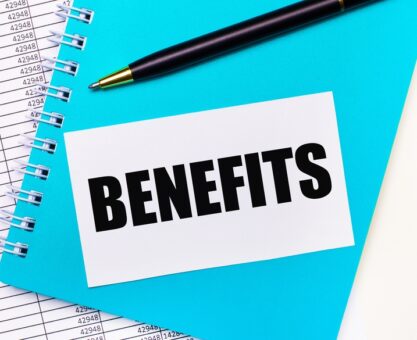Let’s face it – one of the top reasons people want to work for the government is the value of federal employee benefits, especially in retirement. Now that defined-benefit pension plans have become virtually extinct and replaced by 401(k)s, the FERS pension (annuity) provides guaranteed, lifetime retirement income that very few private-sector workers enjoy.
Then again, one could argue that the ability to continue the Federal Employees Health Benefits (FEHB) program in retirement is equally valuable. Since Uncle Sam continues to pay 72% to 75% of every retiree’s FEHB premiums for the rest of their life, the value of FEHB in retirement increases each year as healthcare costs continue to rise.
Uncle Sam Kicks In $588 Monthly Toward FEHB Premiums For A Self-Only Plan
According to the OPM, the 2024 monthly maximum government contribution (72% of the weighted average) is $588.10 for Self Only, $1,270.75 for Self Plus One, and $1,400.06 for Self and Family. When you do the math, it adds up to thousands of dollars in yearly healthcare insurance premiums you don’t have to pay.
Once you retire and start to receive your monthly annuity (pension), your portion of your FEHB premium is paid with after-tax income withheld from your annuity in 12 monthly payments.
5-Year Rule For Continuing FEHB In Retirement
To continue FEHB in retirement, you must retire on an immediate annuity and have been continuously enrolled in any FEHB plan (not necessarily the same plan) for the five years of service immediately preceding your retirement. Or, if fewer than five years, for all service since your first enrollment opportunity. Time covered under TRICARE can count as long as you’re covered under FEHB when you retire.
“If you cancel your FEHB enrollment as a retiree, you’ll never be able to re-enroll.”
Top FAQs About FEHB In Retirement
- Can my FEHB enrollment be changed at retirement? No. You can’t change your FEHB plan when you separate from service because retirement is not considered a qualifying life event (QLE). As a retiree, the only time you can change your FEHB enrollment is during the annual Open Season which runs from November through December.
- Can I Cancel My FEHB Plan After I Retire Then Re-enroll Later? No. If you cancel your FEHB enrollment as a retiree, you’ll never be able to re-enroll.
- Can My Family Members Continue FEHB When I Die? Yes. If you’re enrolled in a Self Plus One or Self and Family plan at the time of your death, and at least one family member is entitled to a survivor annuity under FERS/CSRS, family members can continue FEHB.
For more information, download FEHB Fast Facts.


























